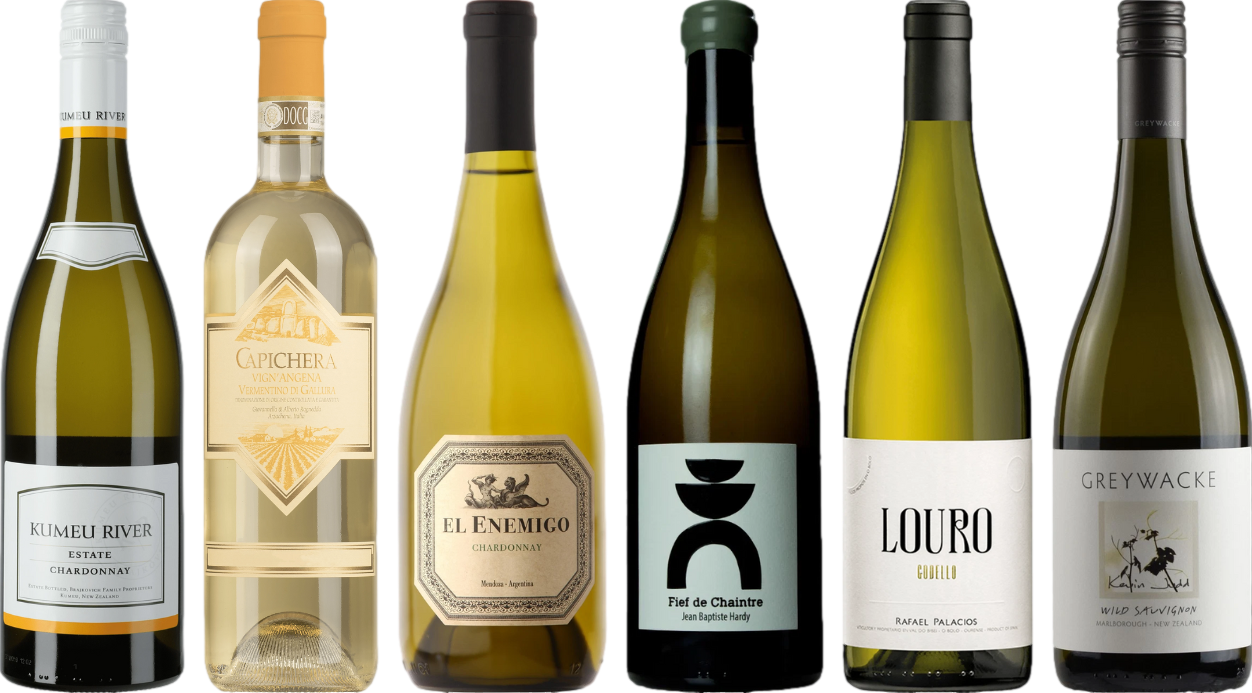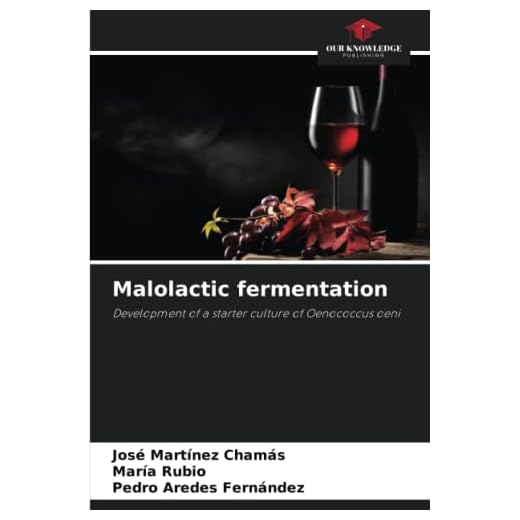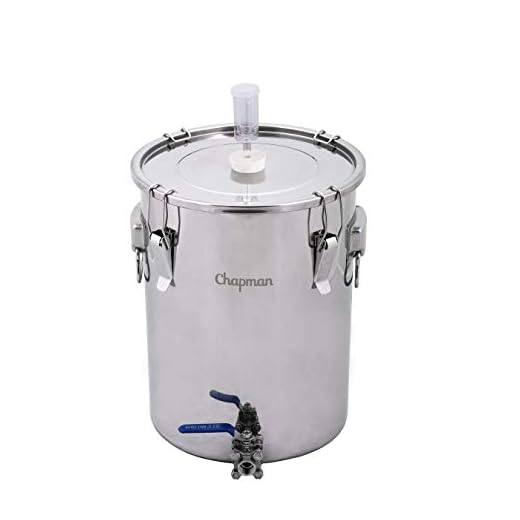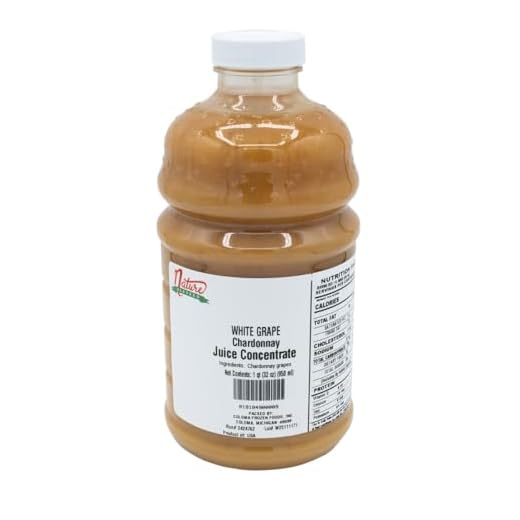



For an exquisite experience, select grapes with high acidity and fresh fruit flavors, such as Sauvignon Blanc or Pinot Grigio. These varieties typically yield a crisp and invigorating profile, perfect for warm occasions. Prioritize fruit ripeness; under ripe grapes often lead to unbalanced and lackluster beverages.
Temperature is paramount. Chill the selection to around 45-50°F (7-10°C) to enhance its refreshing qualities. A well-cooled beverage allows the aromas to flourish, offering a delightful bouquet that complements the taste on the palate. Use an ice bucket for quick chilling, or place the bottle in the refrigerator for a couple of hours before serving.
Glassware matters significantly; opt for a tulip-shaped vessel to concentrate aromas. This shape directs the delightful scents toward your nose, enriching the overall tasting experience. Pour approximately one-third of the glass, allowing space for the aromas to develop while avoiding overwhelming the senses.
Pairing with food adds another layer. Light seafood dishes, fresh salads, or creamy cheeses create a harmonious balance. Experiment with different combinations to discover what elevates both the dish and the beverage, enhancing the overall dining experience.
Preparation of a Refreshing White Beverage
Begin with selecting quality grapes, ideally varietals such as Chardonnay, Sauvignon Blanc, or Riesling. Ensure the fruit is harvested at optimal ripeness for balanced acidity and flavor.
Crush the grapes gently, allowing the juice to separate from the skins while minimizing tannin extraction. This process is crucial for achieving a clean profile in the finished product.
Next, transfer the juice into a fermentation vessel. If desired, you can add specific yeast strains to enhance aromatic complexity and fermentation efficiency. Maintain a controlled temperature between 50°F to 65°F (10°C to 18°C) to promote a slow fermentation, preserving delicate flavors.
After fermentation, it’s essential to clarify the liquid. Use techniques such as racking or fining to remove any sediment, ensuring clarity and stability. This step contributes to the overall aesthetic and mouthfeel.
Prior to bottling, consider aging options. Aged offerings may benefit from oak barrels, which impart additional layers of flavor, while others may thrive in stainless steel for a crisper finish. Monitor the aging process closely to achieve the desired characteristics.
Finally, once the aging period is complete, proceed to bottle the beverage. Ensure cleanliness and sterility to prevent spoilage. Seal with a suitable closure, allowing for further development in the bottle if necessary.
Enjoying this delightful creation is best paired with light dishes, seafood, or fresh salads, enhancing the overall tasting experience.
Choosing the Right Grapes for Your Beverage
Selecting the appropriate varietals is foundational. Opt for grapes that thrive in your climate and soil conditions. For instance, Chardonnay and Sauvignon Blanc are versatile, flourishing in various regions, while Riesling prefers cooler climates.
Consider Flavor Profiles
Each grape brings unique characteristics. Chardonnay can range from creamy and buttery to crisp and mineral-driven, depending on vinification methods. Sauvignon Blanc typically offers citrus and herbal notes, making it refreshing. Assess the flavor profiles you desire in your final product.
Harvest Timing
Timing is critical. Grapes should be picked at optimal ripeness to achieve the desired balance of acidity and sugar. Monitor the brix level and taste periodically. A lower brix level results in higher acidity, which is often preferable for a refreshing drink.
Understanding the Fermentation Process for White Wine
Focus on temperature control during fermentation. Maintain a range between 50°F and 65°F (10°C to 18°C) to preserve delicate aromas and flavors. Too high a temperature can result in the loss of these characteristics, while too low can stall fermentation.
Utilize appropriate yeast strains, such as Saccharomyces cerevisiae, which enhances fruity and floral notes. Different strains can impart unique qualities, so experiment to find the best fit for your grapes.
Primary Fermentation
Begin with pressing the grapes gently to extract juice while minimizing skin contact. This ensures clarity and freshness. Once the juice is separated, inoculate it with yeast or allow for spontaneous fermentation, depending on your style preference.
Monitor the specific gravity using a hydrometer to track sugar conversion into alcohol. Once the must reaches about 0.995 to 1.000, primary fermentation is complete, and you can move on to racking.
Malolactic Fermentation
Consider malolactic fermentation (MLF) for a creamier texture and to soften acidity. This process converts harsher malic acid into softer lactic acid. Introduce specific bacterial cultures or allow for natural MLF, depending on your desired flavor profile.
After MLF, allow the liquid to age on its lees, stirring occasionally to enhance mouthfeel and complexity. This technique will elevate the final product, giving it richness and depth.
Optimal Temperature for Fermentation of White Varietals
For successful fermentation of light-bodied varietals, maintain a temperature between 50°F (10°C) and 65°F (18°C). This range ensures that the delicate aromas and flavors develop without unwanted byproducts.
Specific Temperature Guidelines
- Lower temperatures (50°F – 55°F): Ideal for aromatic grapes like Riesling and Sauvignon Blanc, enhancing floral notes.
- Moderate temperatures (55°F – 60°F): Suitable for Chardonnay and Pinot Grigio, allowing for balanced flavor development.
- Higher temperatures (60°F – 65°F): Can be used for more robust varietals, but caution is necessary to avoid off-flavors.
Monitoring the fermentation process is crucial. Use a thermometer to ensure consistency. Fluctuations can lead to stress on the yeast, adversely affecting the final product.
Managing Temperature Changes
- Insulate fermentation vessels to minimize external temperature fluctuations.
- Employ cooling jackets or temperature-controlled fermentation tanks for precise management.
- Consider the impact of ambient temperature, especially in warmer climates, and adjust accordingly.
After fermentation, it’s beneficial to age the resulting product at cooler temperatures to preserve freshness. For more tips on unique uses of ingredients, check out how to cook a banana peel.
Techniques for Clarifying White Wine
To achieve a pristine and clear beverage, several methods can be employed to remove particulates and haze from the liquid. Here are the most effective techniques:
- Cold Stabilization: Lowering the temperature of the liquid allows tartrate crystals to form and settle at the bottom. This process typically takes a few weeks at around 32°F (0°C).
- Racking: This involves siphoning the liquid off the sediment after fermentation. It should be done carefully to avoid disturbing the lees, which can lead to unwanted flavors.
- Fining Agents: Adding substances such as bentonite, egg whites, or gelatin can help attract and bind with suspended particles, making them easier to remove. Follow the recommended dosages for each agent.
- Filtration: A physical barrier is used to trap solids. Options range from coarse filters for initial clarification to fine filters for final polishing.
- Gravity Settling: Allowing the liquid to sit undisturbed facilitates natural settling of solids. This method is slow but effective for small batches.
Experimenting with these techniques will allow you to refine your approach and produce a clearer, more appealing product. Each method has its advantages and can be adjusted based on the specific characteristics of the juice being processed.
Flavoring and Aging Options for White Wine
For enhancing the profile of your light beverage, consider the use of various flavoring agents during the aging process. Oak barrels are a traditional choice, imparting notes of vanilla, spice, and toast. The age of the barrel significantly influences the final taste; new barrels provide stronger flavors, while older ones offer subtler nuances.
Experiment with different types of oak–French, American, or Hungarian–as each contributes distinct characteristics. Additionally, the toasting level of the barrel can alter the aromatic profile, with light toasting providing more delicate flavors, while heavy toasting adds bolder notes.
Alternative aging vessels, such as stainless steel tanks or concrete eggs, allow for a cleaner taste, retaining the grape’s original characteristics. Stainless steel is especially effective for crisp varieties, enhancing their freshness without introducing any wood flavors.
Incorporating adjuncts like herbs, spices, or citrus peels can also elevate the final product. Infuse the beverage with a few sprigs of fresh herbs during fermentation or aging to add aromatic complexity. Citrus peels can introduce a refreshing zest, particularly in those that are naturally fruity.
Consider the aging duration carefully; light-bodied varieties often benefit from shorter aging periods while full-bodied counterparts may develop more complexity with extended aging. Monitor the evolution of flavors through regular tasting, adjusting the process based on personal preferences.
| Flavoring Agent | Notes |
|---|---|
| French Oak | Subtle vanilla, baking spices |
| American Oak | Stronger vanilla, coconut hints |
| Hungarian Oak | Richness, spiciness, and creaminess |
| Stainless Steel | Pure fruit expression, crispness |
| Herbs (e.g., thyme, basil) | Aromatic complexity |
| Citrus Peels | Fresh zest, brightness |
Bottling and Storing Properly
Seal your creation in sterilized bottles, ensuring to leave about an inch of space from the cork. Use high-quality corks to prevent oxidation, and consider employing a corking machine for a tight fit. Ensure that the bottles are upright for a short duration after bottling to allow any sediment to settle before storing them horizontally.
Storage Conditions
Maintain a consistent environment for your bottles. The ideal temperature ranges from 50°F to 55°F (10°C to 13°C) with a humidity level around 70%. Avoid direct sunlight and vibrations; these factors can negatively impact the aging process. A dedicated cellar or a wine fridge can provide the necessary conditions.
Age and Monitor
Regularly check your bottled nectar for signs of spoilage. Taste periodically to assess its development. While some varieties benefit from aging, others are best enjoyed young. Document your findings to refine future batches.
Choosing the right bottles, ensuring proper sealing, and monitoring storage conditions will enhance the longevity and quality of your treasured elixir.







